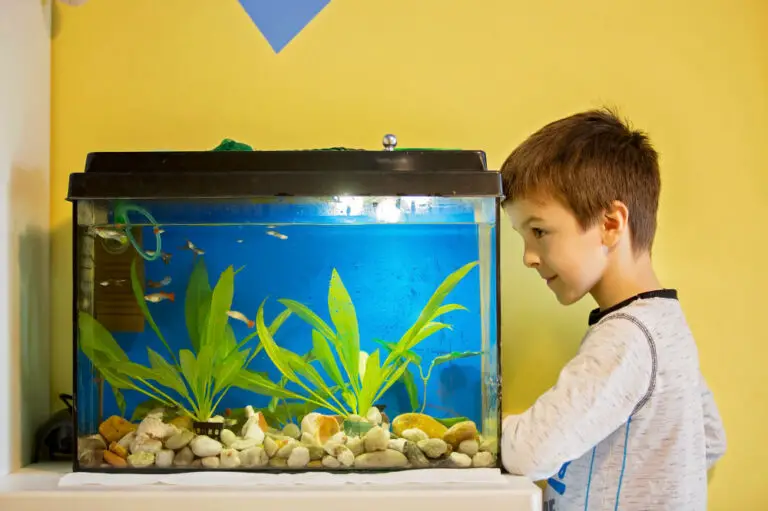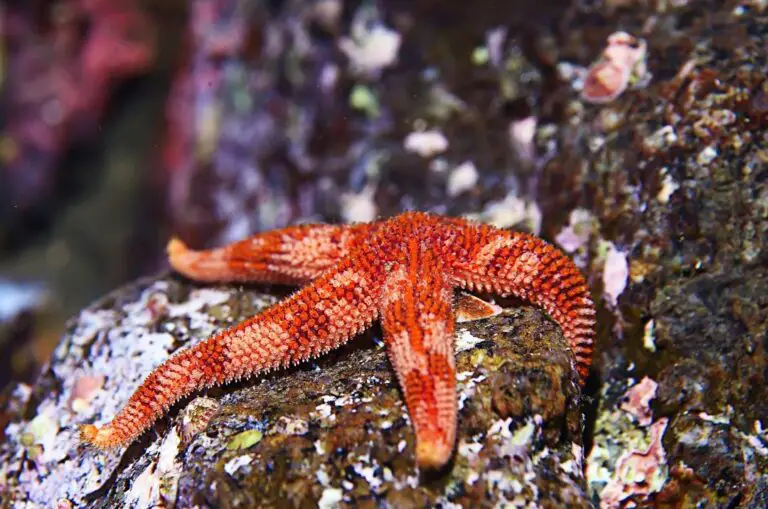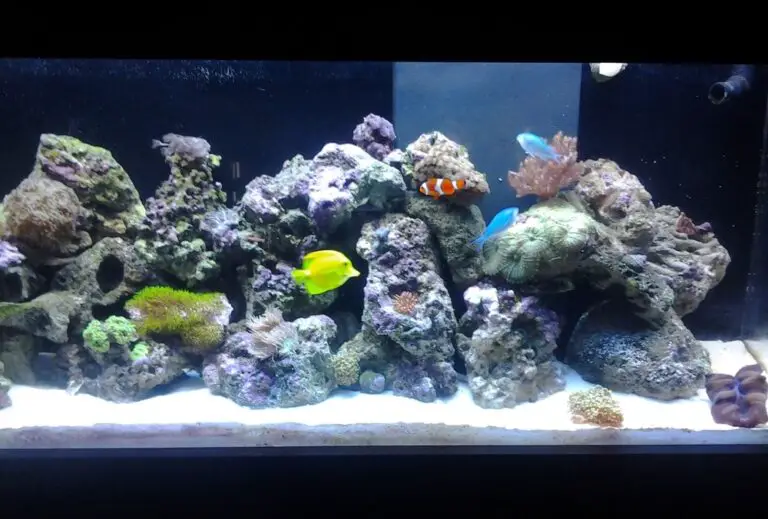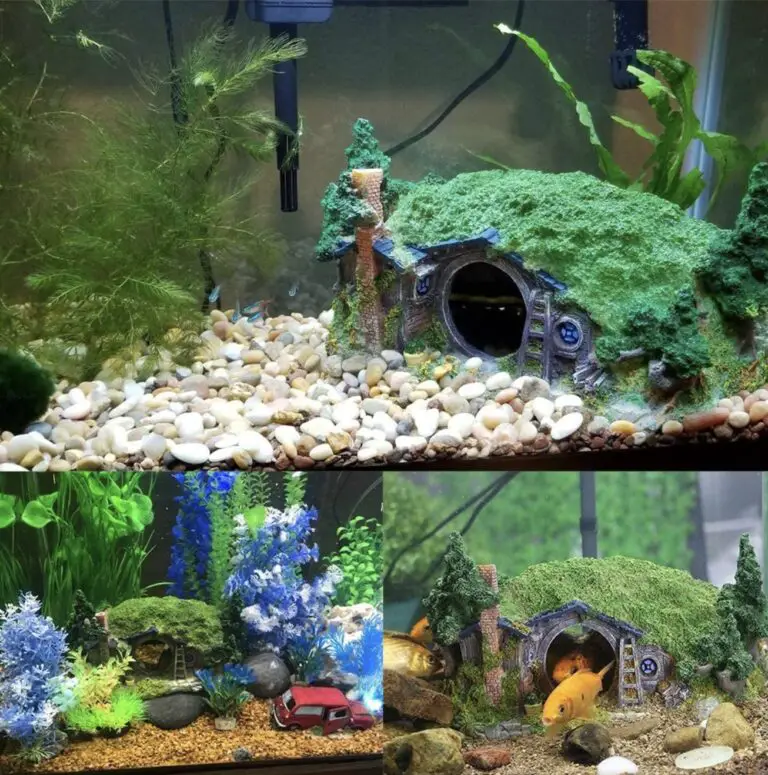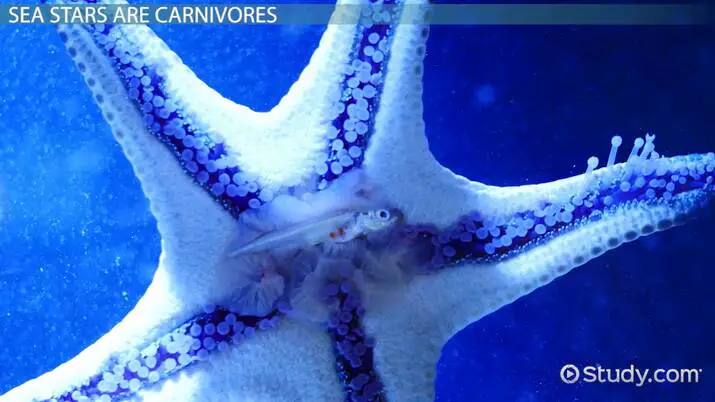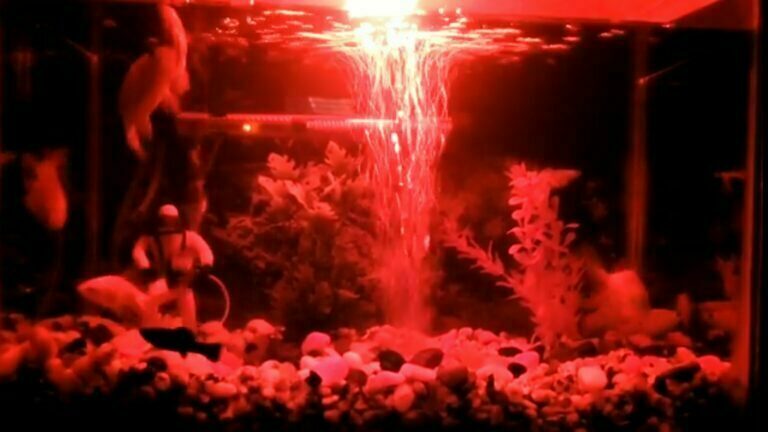Where Should Aquarium Filter Be Placed?
The placement of an aquarium filter should be determined by the type of filter and size of the tank. For example, a hang on back (HOB) power filter should be placed at one end, near the surface to draw in water from all directions. Internal filters should be installed as low as possible and positioned…
